
Myant and Osmotex in electronic moisture management JV
Company creates new ways to understand and communicate with the human body for all people
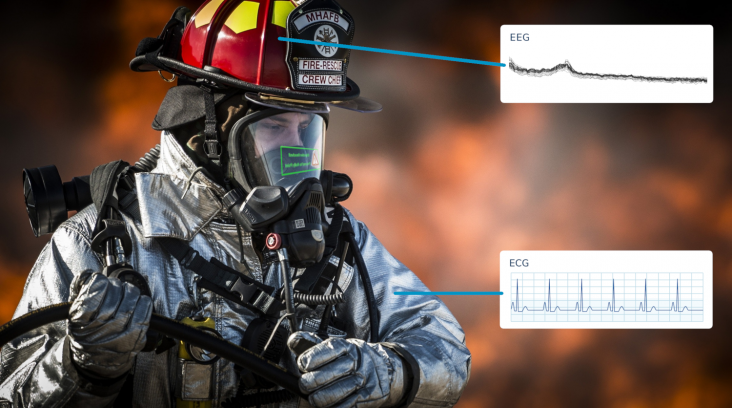
10th January 2020
Innovation in Textiles
|
Las Vegas
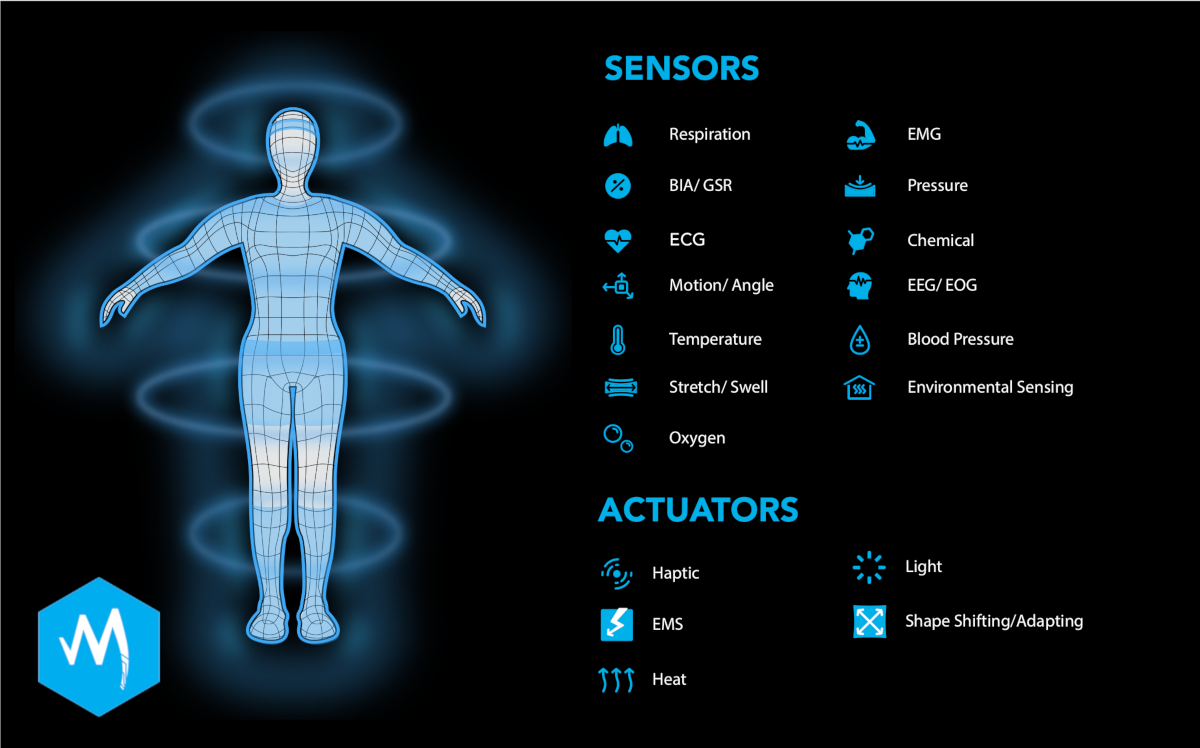 © Myant.
© Myant.
Myant Inc., pioneers in textile computing, exhibited at CES 2020 in Las Vegas this week with many demonstrations including a full-body interface implemented through textile that creates new ways to holistically understand and communicate with the human body.
“By functionalizing the different textile form factors on the body, granting them the ability to capture different biometric data types and react via thermal, electrical, and haptic stimuli, Myant is effectively building a new type of bridge between a person, artificial intelligence, and other humans in extended reality spaces via their digital twins,” Myant said in a statement.
“Applications for textile-based full-body interfaces include holistic diagnostics and therapy administered by remote or AI caregivers, deeper levels of immersion into extended realities for training and entertainment purposes, sensory augmentation/substitution for therapeutic and human enhancement purposes, and much more.”
The skin - a gateway to the human body
“The skin is the largest organ in the human body and one of the primary ways in which humans interact with the world around them. Whether a physician uses a stethoscope, an ultrasound probe, or their own hand, the vast majority of diagnostic modalities operate through the skin. Likewise, many of the ways in which we impact the human body--from the application of heat to soothe sore muscles, to the squeeze of a hand to let someone know you care, are mediated through the skin,” Myant CEO Tony Chahine explains.
“In short, the skin is a critical gateway to the human body. Modern diagnostic technologies typically access the body through this gateway, but these modalities still suffer from a few key limitations: diagnostic tools are typically available only in clinical settings, measurements are typically episodic in nature, and the data derived from different tools are locked in their own silos, resulting in untapped potential for diagnostic synergies.”
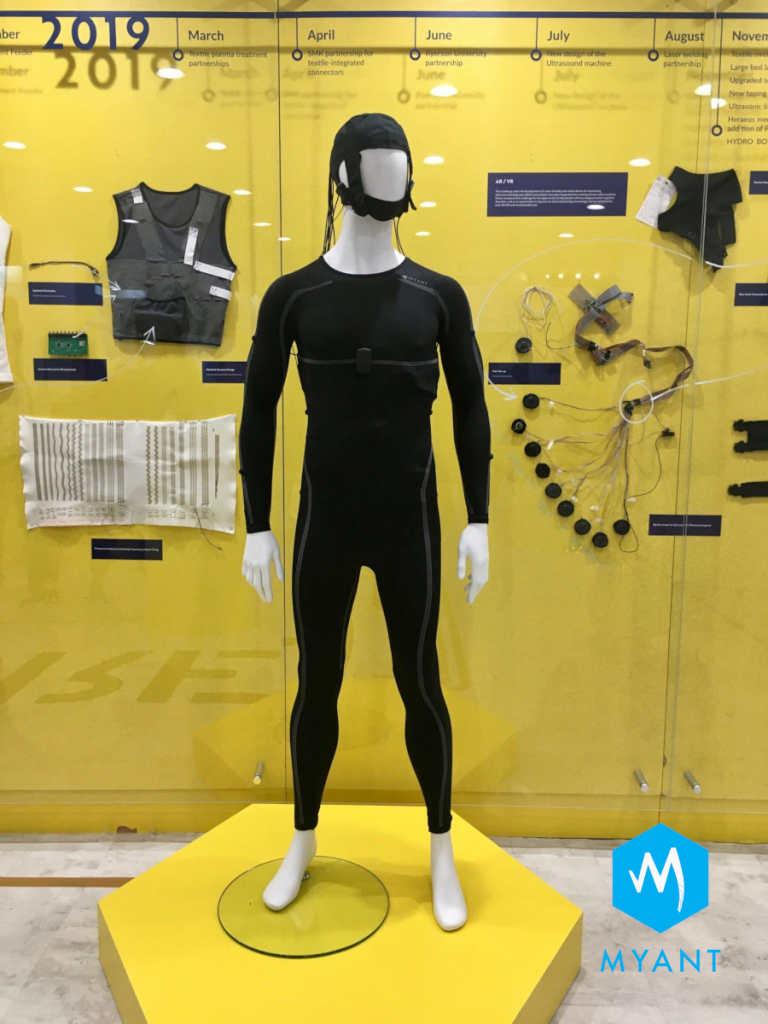 © Myant.
© Myant.
”‹Recognizing these challenges, Myant has been working towards creating a better way to interface with the human nervous system through the skin. The company has created a system that can continuously and ambiently capture a broad spectrum of biometric data from across the body, such as ECG, EEG, GSR, SPO2, respiration, biomechanics, and more, and deliver stimuli back in order to holistically assess and impact the individual’s physical and emotional state.
This full-body interface (as opposed to merely a brain-computer interface) is supported by form factors that are already a natural part of human life (e.g. undershirts, bras, underwear, shoes, caps, full bodysuits, etc.), reducing barriers to adoption, and making the benefits accessible to all people in society regardless of age or ability. The latest developments of this system were showcased at Myant’s booth at CES 2020.
Redefining care through textile-based full body interfaces
One of the primary applications of this full-body interface is in the ability to provide remote, AI-assisted care on a continuous and ambient basis. As an example, a person wearing a full-body interface (which at a minimum might include a connected undergarment and headband or nightcap) while they sleep can be continuously assessed through the night by an AI physician that looks at the combination of past and current ECG and EEG data, fuses it with other contextual information about the individual’s state (e.g. the amount of physical activity and stress during the past 24 hours) to identify or anticipate incidents such as burn-out, mental breakdown, fatigue related injuries, or even acute cardiac conditions.
Early detection of these risks can allow the initiation of preventative therapy and the delivery of lifestyle tips to reduce the risks of these events happening. A human physician could remotely review the person’s data the following week or be notified immediately should the AI identify a potentially life-threatening situation.
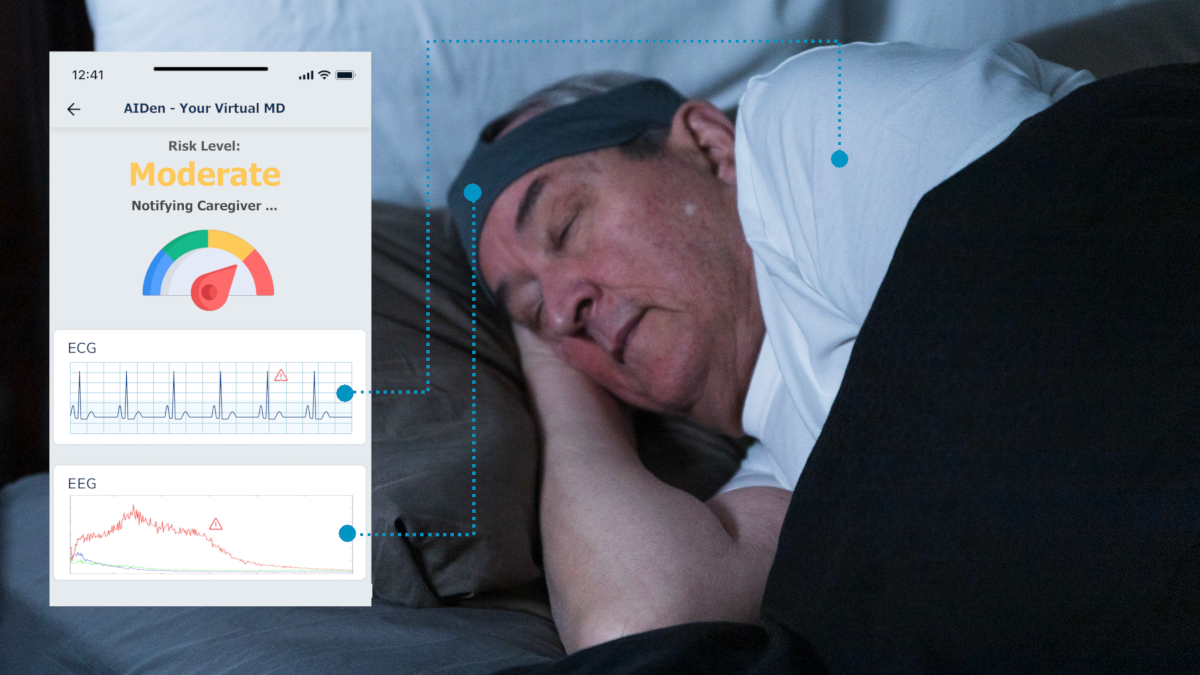 © Myant.
© Myant.
“Other care applications enabled by a textile-based full-body interface could include remote sleep apnea diagnosis and therapy, detection of mental health crisis along with therapeutic intervention, pharmacological efficacy monitoring, mapping of muscle activation in real-time to improve rehabilitation for stroke and spinal cord injury patients, and much more,” Myant adds.
Bringing more reality to the virtual world
According to Myant, the realization of a textile-based full-body interface creates the possibility of creating a deeper degree of immersion into a virtual world and a richer connection between an individual and the extended reality space, as well as other humans inhabiting that same space. One possible application would be to create fully-immersive mixed reality training experiences for the training of public servants such as firefighters, paramedics, or military, where a textile-based full-body interface could measure the professional's physical and psychological state and dynamically adjust the intensity of the stimuli (stress, tasks, threats, etc.) in the mixed reality training space to achieve the desired level of training intensity.
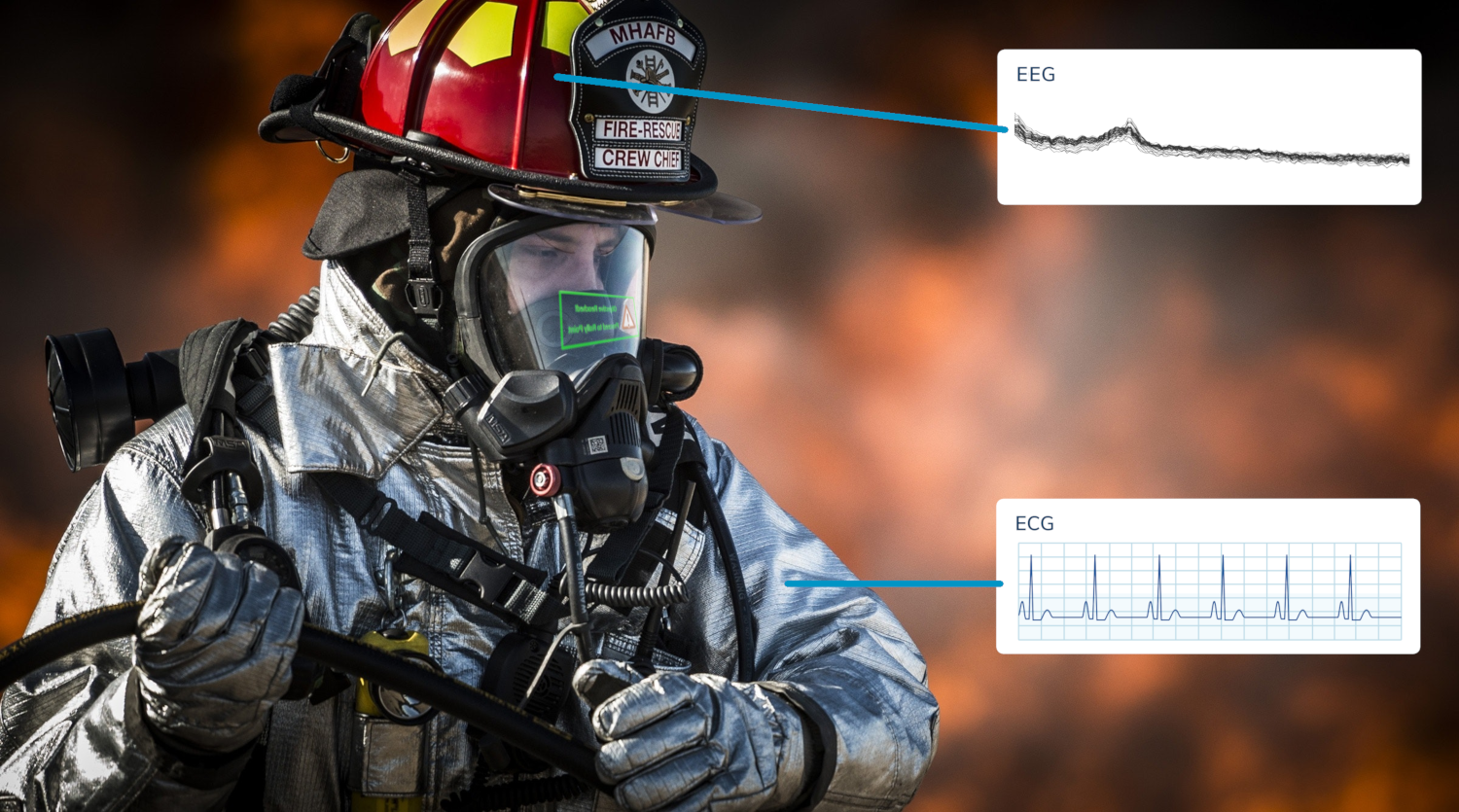 © Myant.
© Myant.
Other extended reality applications enabled by textile-based full-body interfaces could include deeply immersive gaming and entertainment experiences, combat exoskeleton systems that measure and respond to the user’s physical and psychological state to maximize performance, whole-body communication between humans via digital avatars in virtual spaces, and much more, Myant explains.
Myant at CES 2020
“The realization of a textile-based full-body interface is just one of the many possibilities enabled by the Myant Platform, which provides a continuous, ambient and passive connection between people and their bodies, their communities, and their environments across all aspects of daily life (i.e. home, work, and play). Myant’s presence at CES 2020 was designed to encourage others to envision these possibilities, inspiring the world to challenge the way they see everyday textile and to reimagine the value that these objects can provide,” Myant concludes.

Business intelligence for the fibre, textiles and apparel industries: technologies, innovations, markets, investments, trade policy, sourcing, strategy...
Find out more